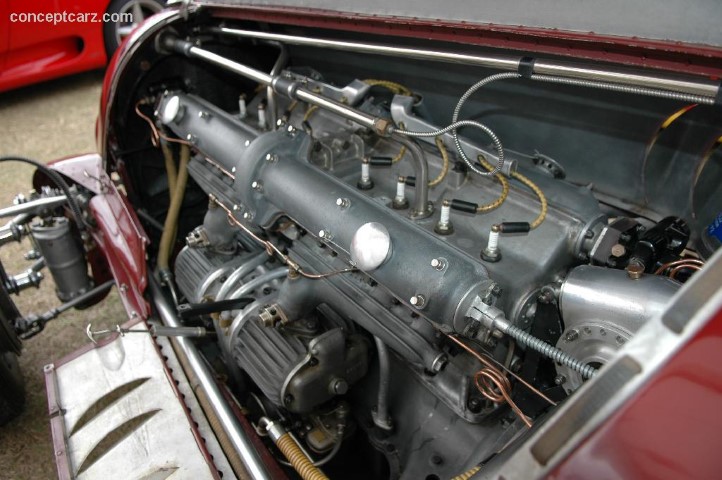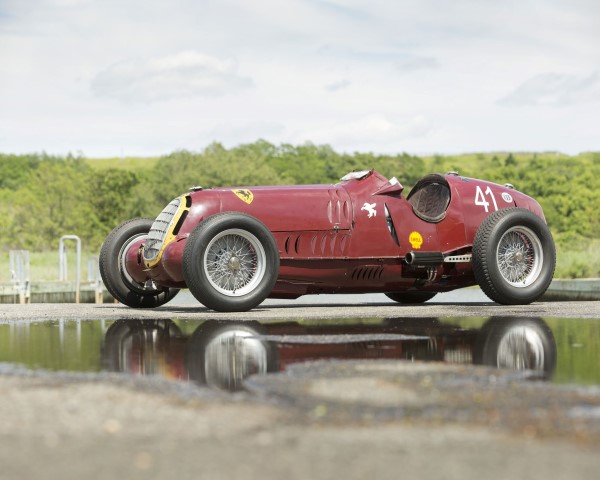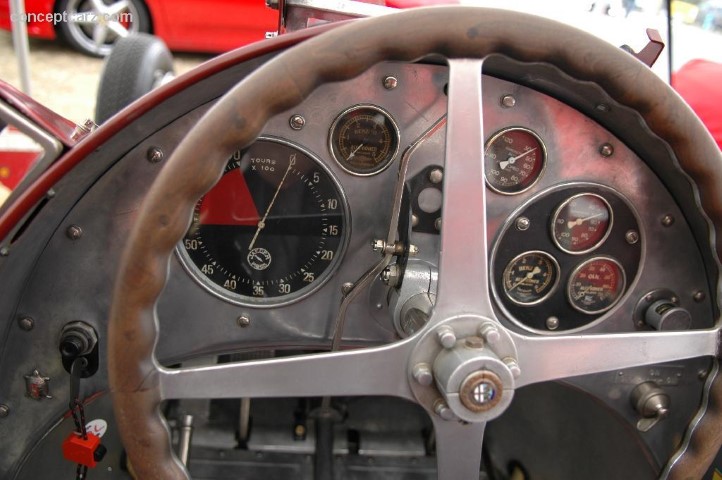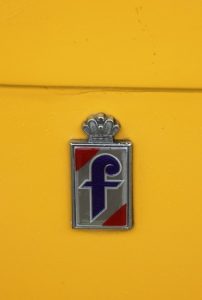
Alfa Romeo had been dominating Grand Prix racing and motor sports racing during the early 1930s. Their cars were innovative, powerful, agile, and driven by some of the greatest drivers of their times. The engineering prowess of Vittorio Jano and the management skills of Enzo Ferrari combined with the driving skills of Tazio Nuvolario, the Alfa Romeo team was a dominant force. The German government’s decision to provide financial support for German Grand Prix teams meant Alfa Romeo’s stronghold on the sport would soon dwindle. Vittorio Jano’s eight-cylinder engine had proven its potential by capturing four consecutive LeMans victories and many podium finishes in Grand Prix competition for the Alfa Romeo 8C 2300 and Tipo B P3. The Tipo B had been powered by a supercharged eight-cylinder version of the engine which was far superior to the competition. The Tipo B was introduced in 1932 and for the first few years it was unbeatable. Within a few years the Alfa Romeo team was in need of a new machine to match the competition. The eight-cylinder engine had been modified to its highest capacity and a twelve-cylinder engine was needed.



The Alfa Romeo 8C 35 shown carries chassis number 50014 spent most of its early life in South America competing in Formula Libre races. It returned to Europe in the early 1990s and Paul Grist was commissioned to perform a restoration. In modern times, it is one of only two examples that are known to exist.
